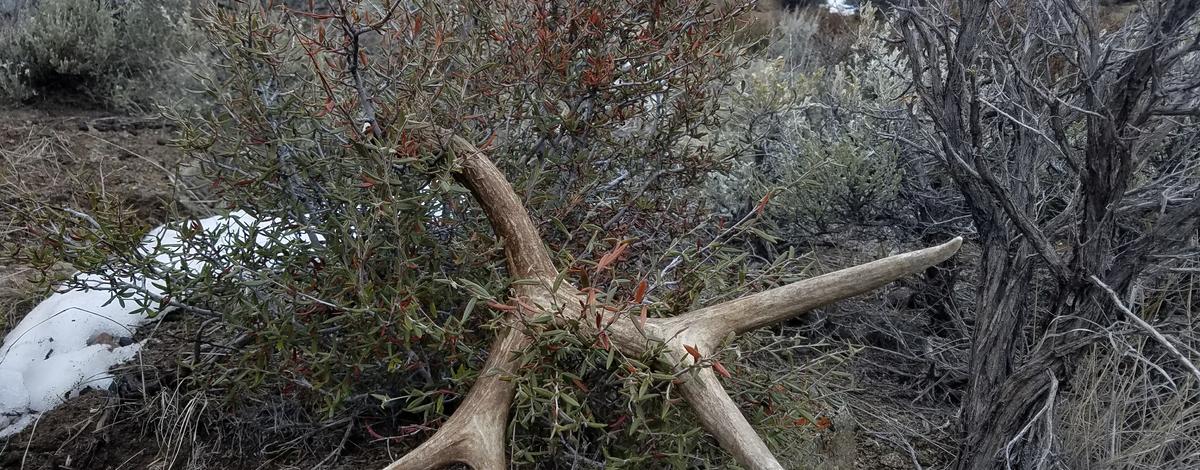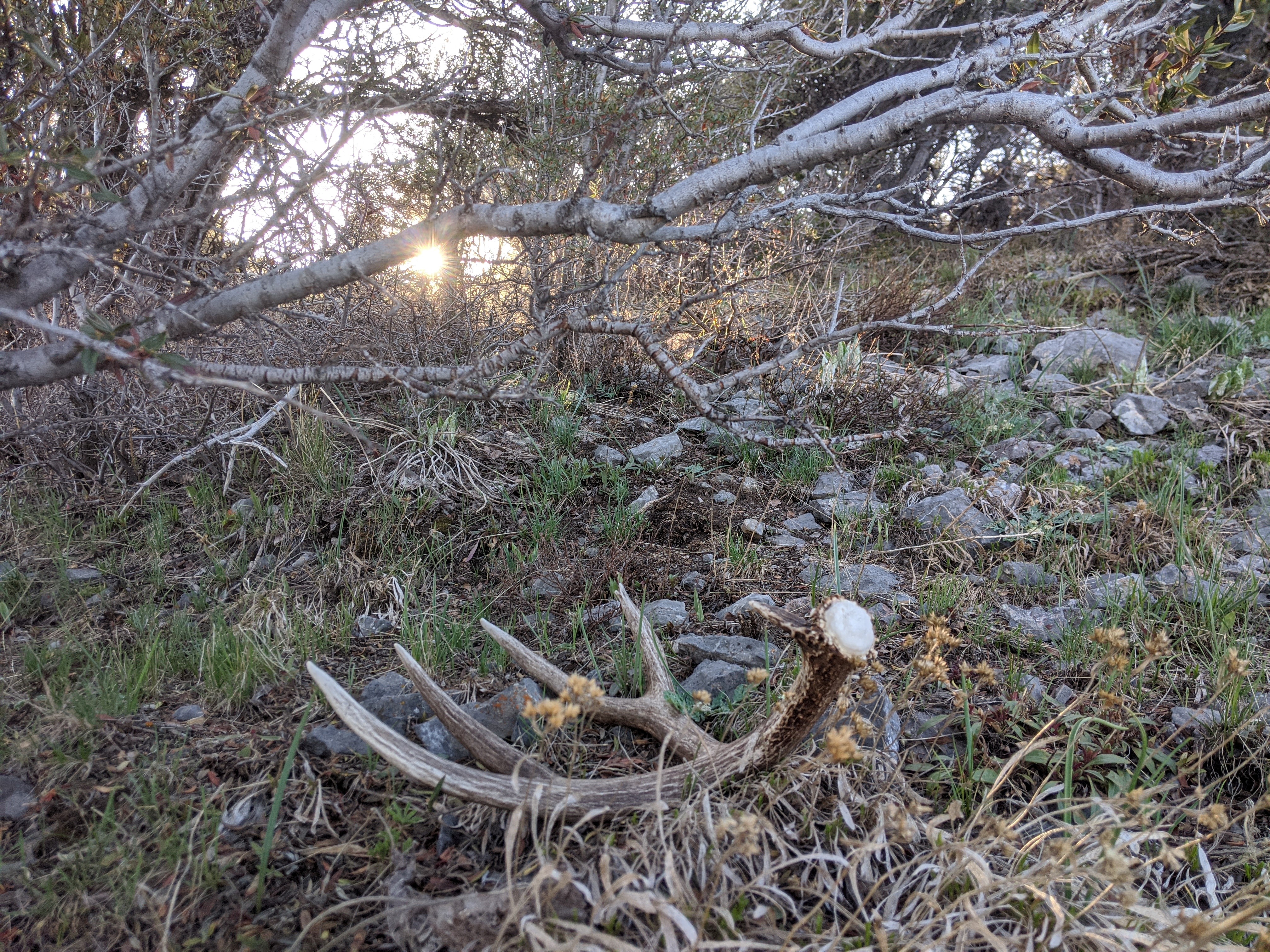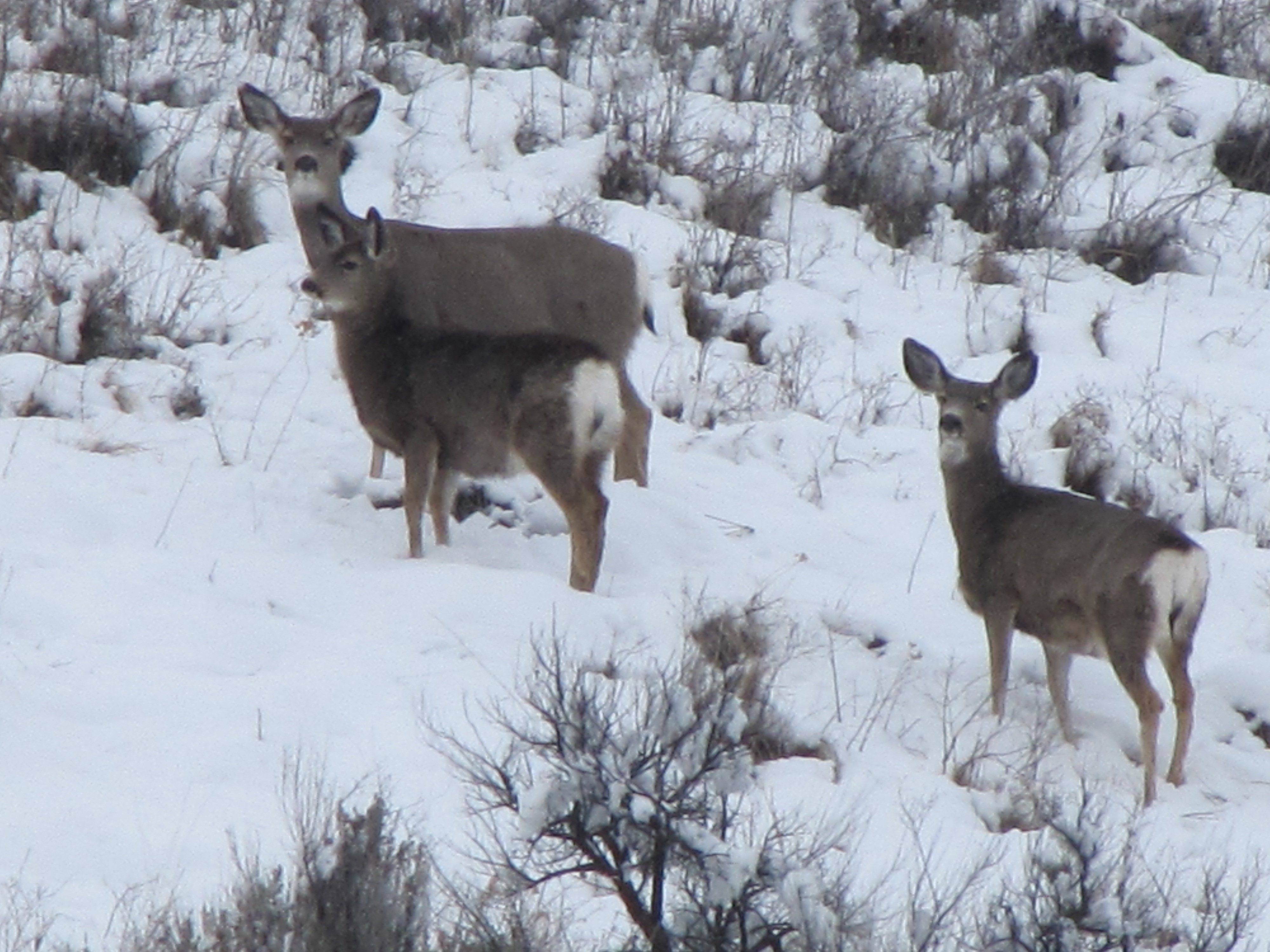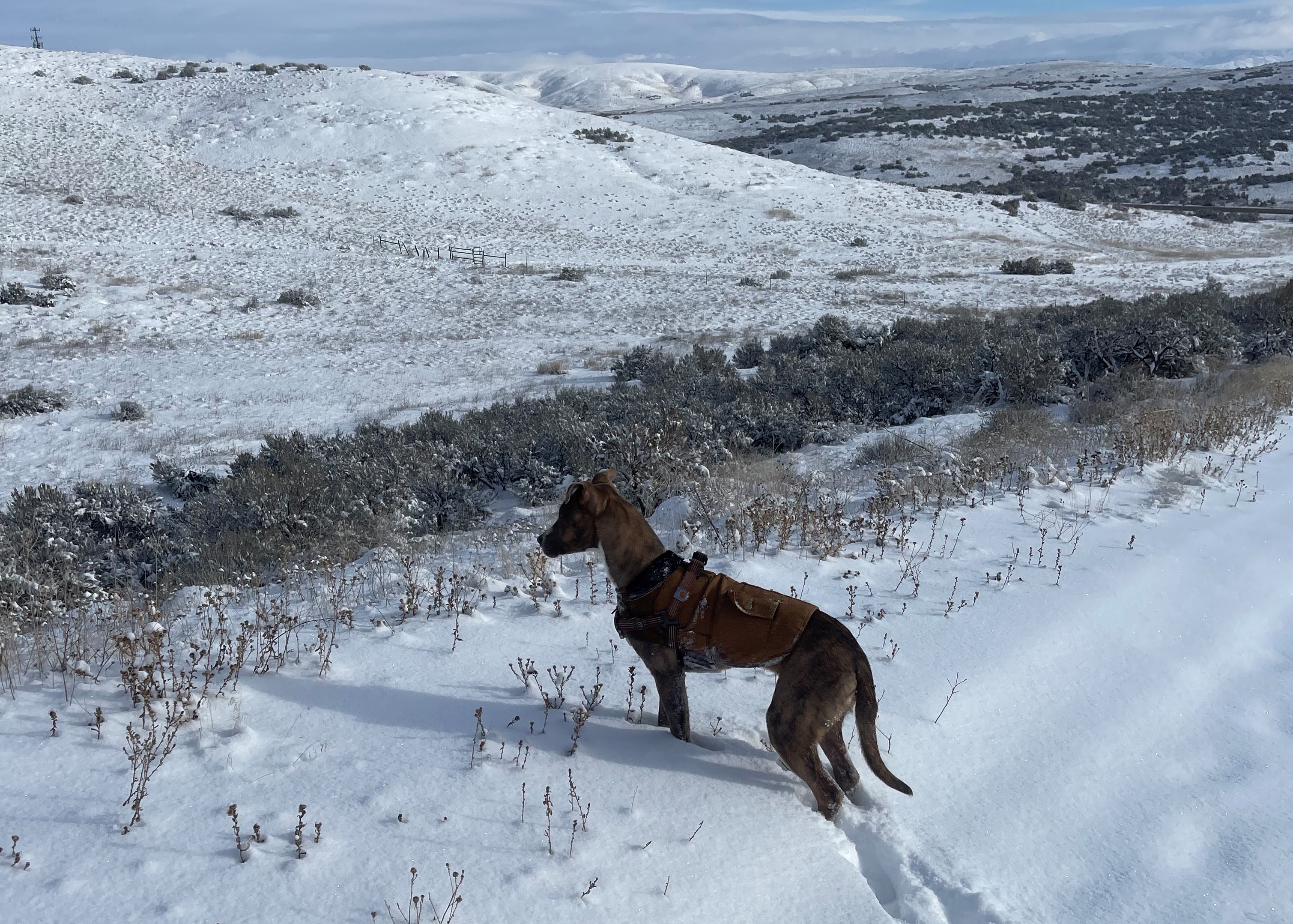Back on Feb. 2, Punxsutawney Phil – aka, the fuzzy little varmint that miraculously forecasts the winter-spring transition on Groundhog’s Day – indicated there would be another six weeks of winter this year. The bigger takeaway from Mr. Phil is an important reminder that winter is not over for wintering deer and elk, not by a long shot. So keep that in mind before you start shed hunting.
Shed hunting is a popular activity and an exciting remedy for cabin fever. Armed with nothing more than a good set of eyes, looking for a deer or elk’s shed antlers in late-winter and early-spring is a highly accessible hobby for those squirming like birddogs for the next outdoor adventure.
Shed hunting is accessible for all types of folks, hunters and nonhunters, youngsters, etc. You can bring your friends, your family and enjoy a day outdoors and maybe come home with a natural prize.




